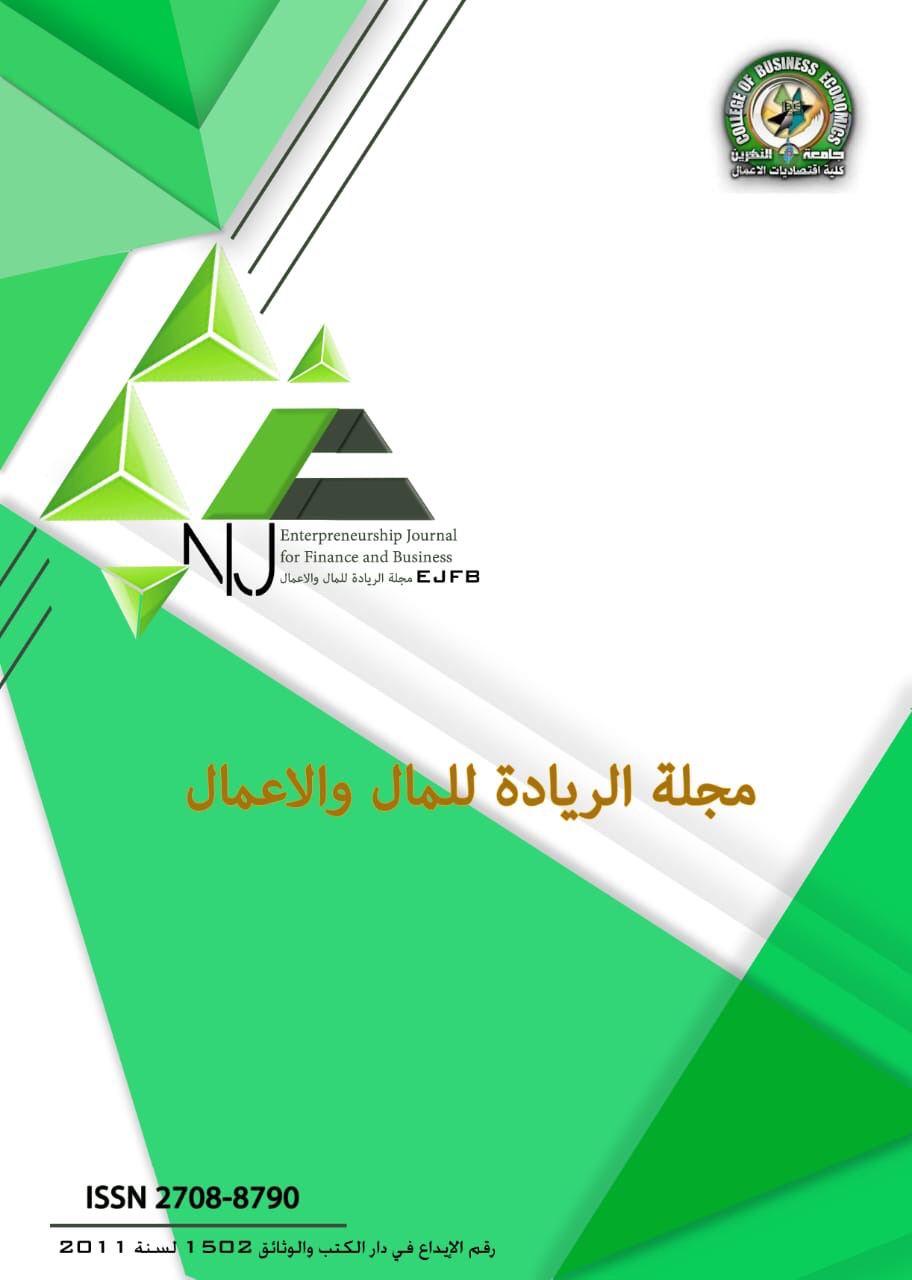Improving layout by using queuing theory case study in the general traffic directorate central registration compound -Husseiniah
DOI:
https://doi.org/10.56967/ejfb2021112Keywords:
queues, layout, service lineAbstract
Most organizations seek to improve their performance through re-layout their activities. Therefore, the layout decision is one of the important decisions for operations management, as most service organizations are concerned with the layout through good organizing of service delivery centers according to scientific foundations in order to reach to efficient layout. So this study seeks to improve the layout of the driver’s license issuance service line by using the theory of queues in the Central Registration Compound – Husseiniah which suffers from the problem of great momentum throughout the official working hours, especially with regard to the license issuance service, this momentum causing a number of problems that the customer suffers from when he visit the compound. The most important problem is the long waiting queues of the customers whose wait for the completion of this license. As well as the great momentum in some procedures at the license issuance service center due to the overlap between these procedures and another procedures in other services lines Therefore, Guided by this, the problem of the study is embodied in the possibility of improving the internal arrangement of the permits issuance service at the General Traffic Directorate / Central Registration Compound – Husseiniah by using the theory of queues. This service was chosen as a sample for the study as it is the service that witnesses great momentum by customers compared to the services it provides The complex and therefore, there are long waiting lines in front of many of this service's procedures, which make it bottleneck points due to the poor layout of its procedures The importance of this study is evident in that it will, when applied, contribute to providing an layout form for the service line. The study sample will help improve this service by reducing the customer’s waiting times in the queue and in the system, in order to serve the largest possible number of customers. The researcher adopted the case study approach using some quantitative methods, namely the queue model to determine the nature of the waiting system for the service, the study sample and proposing a new layout for this line, as well as the simulation method to simulate both the layout and the proposed and compare them using queue measures, and in order to improve the internal arrangement of the service Issuing the license The license issuance service centers were separated into two channels for each service center and the appropriate internal arrangement was chosen, which contributes to reducing the rates of waiting times. the study aims to apply the appropriate model of waiting queues models to re-arrange the layout service centers for driver’s license issuance service line The study reached to set of conclusions and recommendations, the conclusions indicated that the proposed layout according to the queuing theory achieved a clear improvement in the performance standards represented by (the number of customers in the system; the average time customers spend in the queue and the total time in the system). Therefore, the study recommends the compound to adopting the proposed layout according to the queuing theory because it helps to achieve a streamlined flow of customers and reduce the average waiting time in both the queue and the system
Downloads
Downloads
Published
How to Cite
Issue
Section
License

This work is licensed under a Creative Commons Attribution 4.0 International License.
This is an Open Access article distributed under the terms of the creative commons attribution (CC BY) 4.0 international license which permits unrestricted use, distribution, and reproduction in any medium or format, and to alter, transform, or build upon the material, including for commercial use, providing the original author is credited.






